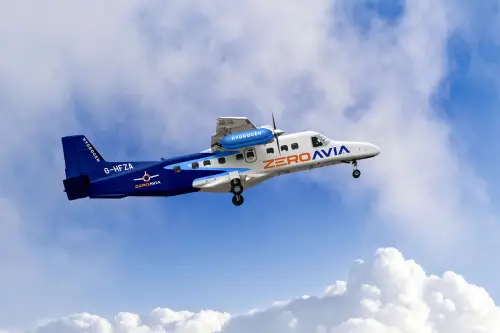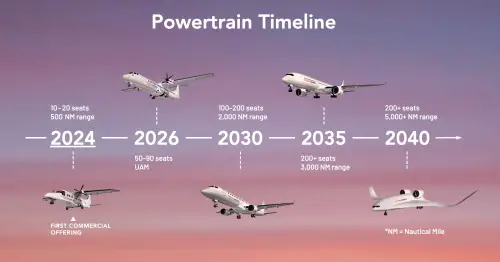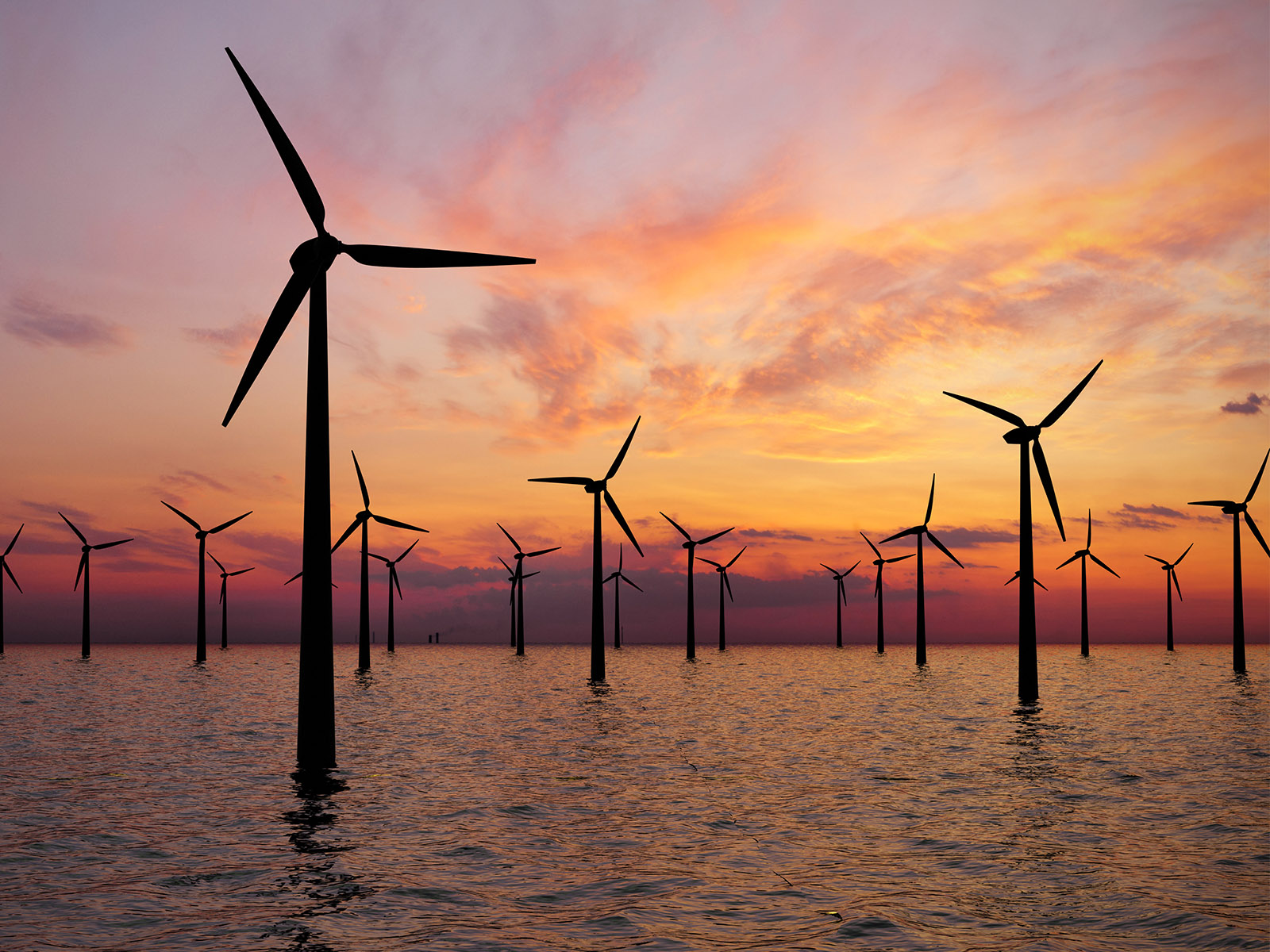Alaska Air Group, the parent company of Alaska Airlines, is working with ZeroAvia to develop a hydrogen-electric powertrain that will be installed on a jet that can carry 76 passengers. This powertrain will be deployed by Alaska Airlines. When it is finished, the hydrogen-electric powertrain for the ZA2000 should have 2,000-5,000 kW of power and a range of at least 500 miles.
Alaska Air is a new investor in ZeroAvia, and the company has said that it intends to electrify its aviation industry in order to reach its objective of generating net-zero emissions by the year 2040.
What Are These Hydogen-Electric Planes?
The powertrain used by ZeroAvia is a combination of components sourced from partners as well as ZeroAvia’s own unique hardware and software for integration. This combination manages the system and communicates with all of the aircraft’s other systems.
The fuel cells in the powertrain convert the hydrogen that is stored in the wing into a chemical process that produces electricity. This clean energy is then delivered by the powertrain.

In contrast to the conventional method of burning hydrogen, which takes place at a high temperature, the fuel cell creates energy at a much lower temperature. Following that, the electricity produced by the fuel cell is used to power the electric motors, which in turn move the aircraft in the desired direction.
The initial step will involve the integration of ZeroAvia’s hydrogen-electric propulsion technology into a full-size De Havilland Q400 aircraft, which has the capacity to carry 76 passengers.
In the event that the feasibility of the proof of concept is presented, Alaska Air already has the option to purchase up to 50 additional conversion kits in order to power its regional aircraft with hydrogen-electric propulsion.
Why Does ZeroAvia Use Hydrogen?
Air travel is responsible for about 900 million metric tons of CO2 emissions each year at a time when emissions need to begin to begin to drop to zero. Several other startups are also working on technology meant to cut emissions from air travel. However, the vast majority of other businesses store their excess electrical power using batteries.

ZeroAvia identified the advantages of using hydrogen. According to Val Miftakhov, founder and CEO of the company, who also founded eMotorWerks, an electric car charging company that was acquired two years ago, “For the foreseeable future, actually getting a sizable aircraft in the air for a reasonable amount of time will be quite difficult with batteries.” He said that a system that is based on hydrogen fuel cells has an energy density that is approximately four times that of the best batteries that are now available.
Making Skies Emission-Free
On October 4, the International Air Transport Association (IATA) made public its intention to reach a level of carbon emissions with zero net output by the year 2050. Its objectives are shared by a number of other airlines, all of whom are working to lessen their negative effects on the natural world by supporting the development of electric and hydrogen-powered technology.
“The aviation industry is one of the hardest industries to decarbonize,” said Val Miftakhov, CEO and founder of ZeroAvia, in reference to the new partnership. “However, with this collaboration, we are one step closer to achieving our goal of making our skies emission-free,” he added.

Despite the significant strides that have been made in recent years toward the electrification of transportation, numerous electric aircraft initiatives, such as NASA’s X-57 Maxwell, have brought to light the fact that the range of electric aircraft is currently quite restricted. This indicates that a significant amount of research and development is required before e-planes can be used for longer journeys.
It is important to note that hydrogen possesses one hundred times more energy per unit of mass than lithium-ion batteries, which are currently unsuitable for use in aviation because of their weight. Hydrogen fuel cell aircraft have the potential to increase this range by using plentiful gas to create a chemical reaction that produces electricity. However, there is still a significant amount of testing that needs to be done in order to demonstrate that hydrogen fuel cell airplanes are feasible.
ZeroAvia, for example, just carried out a ground test of its 600 kW powertrain, which is intended for a 20-seater aircraft with a range of 500 miles. Additionally, the company has not yet carried out prototype production of its 2,000 kW engine, which is anticipated to take place in 2022.





